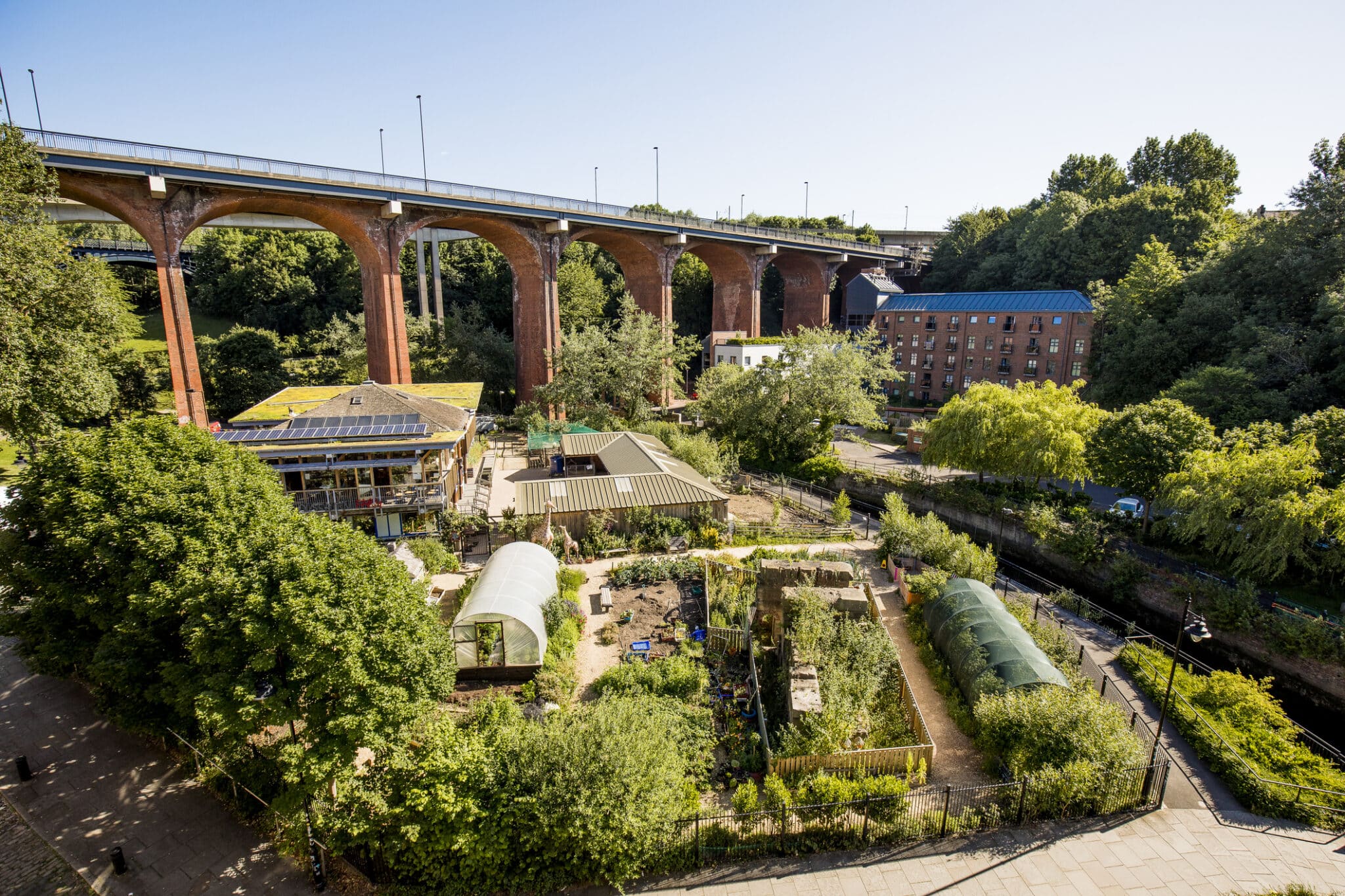What Does City Blooming Mean?
Wiki Article
City Blooming Fundamentals Explained
Table of Contents8 Simple Techniques For City BloomingGet This Report on City BloomingThe Buzz on City BloomingCity Blooming Fundamentals ExplainedWhat Does City Blooming Do?
Intrigued in growing food available for sale in the City of Chicago? Considering starting a community garden? Adjustments to the Chicago Zoning Ordinance enable agricultural uses like neighborhood gardens and urban ranches in numerous components of the city. Below is a checklist of often asked concerns concerning the rules and guidelines that cultivators need to consider when preparing an urban farming job.
The zoning modification does not change any kind of other codes taking care of composting, building authorizations, purchasing or renting City possessed residential or commercial property, organization licenses or ecological contamination. There are existing codes that control these issues and they remain in full effect and might be relevant to your task. Neighborhood yards are usually possessed or managed by public entities, public companies or community-based companies and kept by volunteers.
Urban ranches grow food that is intended to be sold, either on a not-for-profit or for-profit basis. Due to their industrial objective, urban farms call for a service certificate.
An Unbiased View of City Blooming
Composting is allowed however only for plant product that is generated and used on website. The quantity of compost material can not exceed 25 cubic lawns at any type of given time according to the standards in 7-28-715 of the City's Municipal Code. Yes. Since the dirt at the majority of new garden sites requires modifying, garden compost, dirt, wood chips, or other materials can be acquired to build or improve the expanding area - eco-friendly practices.
If a building authorization is needed after that the hoophouse will be considered an accessory building. You can figure out more concerning the structure permit demands by calling the Department of Buildings. The 25,000-square-foot dimension restriction is intended to protect against a single area garden from dominating an offered block or detracting from the block's existing residential or commercial personality.
The limitation does not put on gardens found in Public Open Area (POS) areas. Can there be greater than one area yard that is 25,000 square feet on a single block? Yes. The dimension limitation relates to specific yards, not to individual blocks. No. Fencing is not needed, nevertheless, gardens that have large auto parking areas may be called for to set up secure fencing or various other landscaping features.
How City Blooming can Save You Time, Stress, and Money.
B1 & B2 areas require that all industrial use activities be performed inside your home. Is fence required for metropolitan farms? Fences might be needed, along with landscape design and testing, for certain car park areas and exterior work or storage space areas depending on location and the details task taking area.Urban farms call for structure authorizations and zoning approvals prior to building and construction (container and raised bed gardening etc.). Various other types of city evaluation might be needed depending on specific structures, activities, dimension, landscaping, licensing, public heath and stormwater monitoring issues.
Yes. The sort of permit is figured out by what is happening at the website. The Department of Organization Affairs and Customer Defense can like this assist figure out the particular kind of company certificate that's required. Yes. Off road auto parking is required for a lot of commercial jobs in Chicago. The called for number of parking rooms is based on the variety of workers working with website and not the square video of the growing space.
Little Known Questions About City Blooming.

An urban farm can offer garden compost product created on website, nevertheless, the operation needs to comply with the regulations in 7-28-715 of the Chicago Municipal Code. Aquaponic systems are allowed inside on metropolitan farms in many zoning districts.
Approximately 5 hives or colonies of honey might be kept as an accessory usage. However, beekeepers must sign up with the Illinois Division of Farming. To learn more about the recommended zoning change you might get in touch with the Department of Real Estate and Economic Advancement, Bureau of Planning and Zoning at 312.744.8563.
Farming in cities and urban locations A metropolitan farm in Chicago. Urban farming refers to numerous methods of cultivating. https://cityblooming.blog.ss-blog.jp/2024-06-27?1719472203, handling, and distributing food in urban areas. The term also uses to the area tasks of animal husbandry, aquaculture, beekeeping, and gardening in a city context. Urban agriculture is differentiated from peri-urban farming, which takes place in country areas at the edge of suburbs.
See This Report on City Blooming
It can entail a movement of organic cultivators, "foodies" and "locavores", who look for to develop socials media based on a shared ethos of nature and neighborhood holism. These networks can create by means of formal institutional support, coming to be integrated right into local town as a "change community" movement for lasting metropolitan growth.The more straight accessibility to fresh vegetable, fruit, and meat products that may be realised through city agriculture can boost food safety and food safety while lowering food miles, bring about lower greenhouse gas exhausts, thereby adding to environment modification reduction. Several of the first proof of city farming originates from Mesopotamia.
Report this wiki page